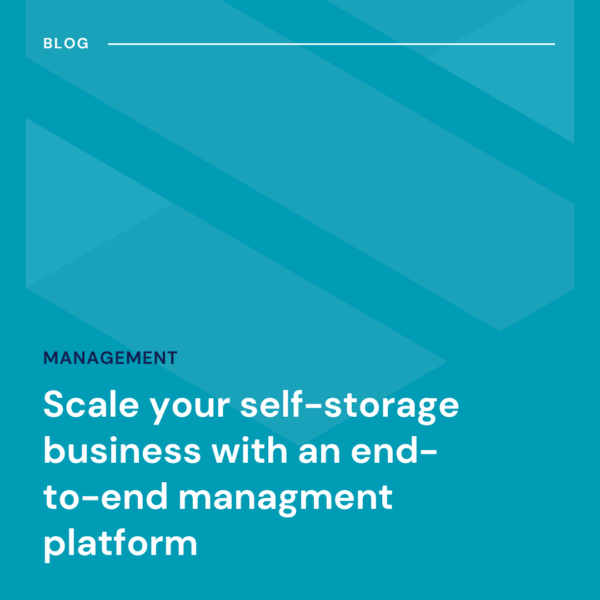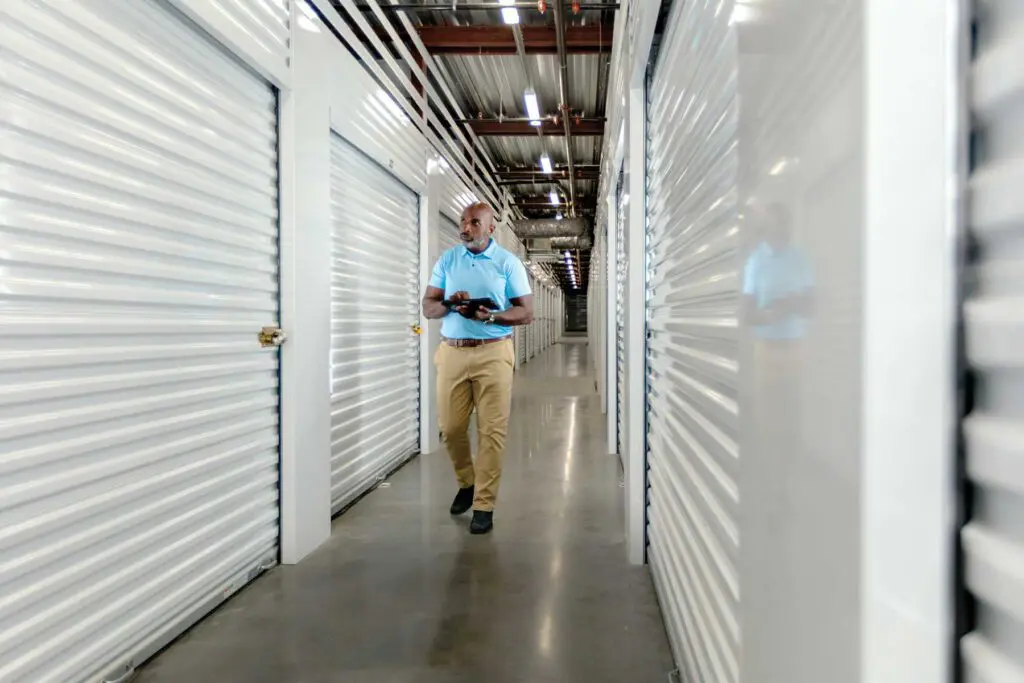
The recent pullback in self-storage prices and occupancy shows that demand is cooling off after experiencing two white-hot years of pandemic-driven activity.
While it was expected that elevated demand from the pandemic would subside, it is currently falling more quickly than many expected due to the downturn in the economy. As operators respond to falling occupancy by lowering prices, they will see declines in their revenue and NOI growth—which already faces pressure on the expense side from worker wage gains and overall inflation.
That leaves growth-focused self-storage operators with the need for creative approaches to increasing revenue. One strategy storage operators can pursue is to focus on increasing the average revenue per self-storage tenant. By increasing revenue per tenant, operators can lift up revenue incrementally in an environment of declining market rates.
Below are six ways you can increase revenue per tenant and protect your bottomline in a down market:
1. Keep up with revenue management
If you haven’t implemented a program of revenue management to optimize rates at your facility, consider this your first step. Whether using an automated system or a manual process, employing a revenue management strategy will help you achieve the highest market rate for every unit at your facility.
2. Upsell to more expensive units
A key part of revenue management is categorizing your units such that the most desirable units fetch the highest price. For example, you might charge more for units on the first floor of your facility than units on other floors. Units near elevators may cost slightly more than other units. By structuring your unit prices in this way, you have the opportunity to upsell tenants into a unit that offers greater convenience for them.
3. Focus on product sales
With demand down, your ability to generate revenue gains through price increases will be limited. To grow revenue per tenant, you’ll need to focus on producing revenue through other means—such as focusing on your retail sales. Products such as moving boxes, supplies and locks are commonplace at self-storage facilities.
Make sure you stock everything your moving customers might need instead of sending them elsewhere to spend their money. You might even consider stocking a small selection of snacks and cold beverages, or placing vending machines throughout your facility to earn additional revenue.
4. Require and offer tenant insurance or tenant protection
Offering tenant insurance or tenant protection plans help reduce your legal and reputational liability in the event of a catastrophic event, while also protecting the financial interests of your tenants. If they suffer a loss they will be compensated according to the policy, instead of attempting to seek redress from you directly.
As far as increasing revenue per tenant, it is common industry practice for operators to earn a fee for each policy a tenant signs up for. Requiring that tenants have coverage will allow you to sign up more tenants, while also reducing your overall risk.
5. Adjust fees
When was the last time you reviewed your fee structure? Fees can be designed to reduce your actual costs for providing certain services as well as to encourage desirable behavior from tenants. Some fees, such as late fees, may be limited by local law. Be sure to check with your legal team before you increase any fees.
Consider adding or increasing other fees to improve your per tenant revenue. Common fees include:
- Late fee
- Admin fee (typically $15-$30)
- Clean up fee
- Dumpster fee
- Key replacement fee
- Paper invoice fee
- Technology fee
- Failed auto-payment fee
Don’t go overboard with fees. If your fees are exorbitant or otherwise seem unjustified to customers, it could slow your ability to fill empty units. If you are adding new fees or increasing them, you will have to contact your existing tenants to offer an explanation as to why.
6. Develop ancillary revenue streams
Developing ancillary revenue streams beyond retail presents perhaps the biggest opportunity to boost your revenue per tenant. Many ancillary options, such as wine storage or car washes, require significant capital investment. On the other hand, there are other ancillary income sources that can be instituted quickly with little outlay.
Truck rentals are quite profitable, while requiring minimal effort and investment on your part. Operators can potentially earn between $20,000 to $200,000 annually from renting trucks. Plus, one-way truck rentals dropping off at your facility have a good likelihood of bringing you new tenants. Other profitable revenue streams include providing shipping services, cell tower leasing, or erecting a billboard on your property.
Getting out ahead
Growing revenue in a downmarket is a tough task, but not impossible. Big shifts in demand and market prices are beyond your control. By focusing on ways to grow your average revenue per tenant, however, you can insulate your NOI from taking a major hit.
See how Storable can help you outperform and achieve your goals with greater efficiency and automation.






